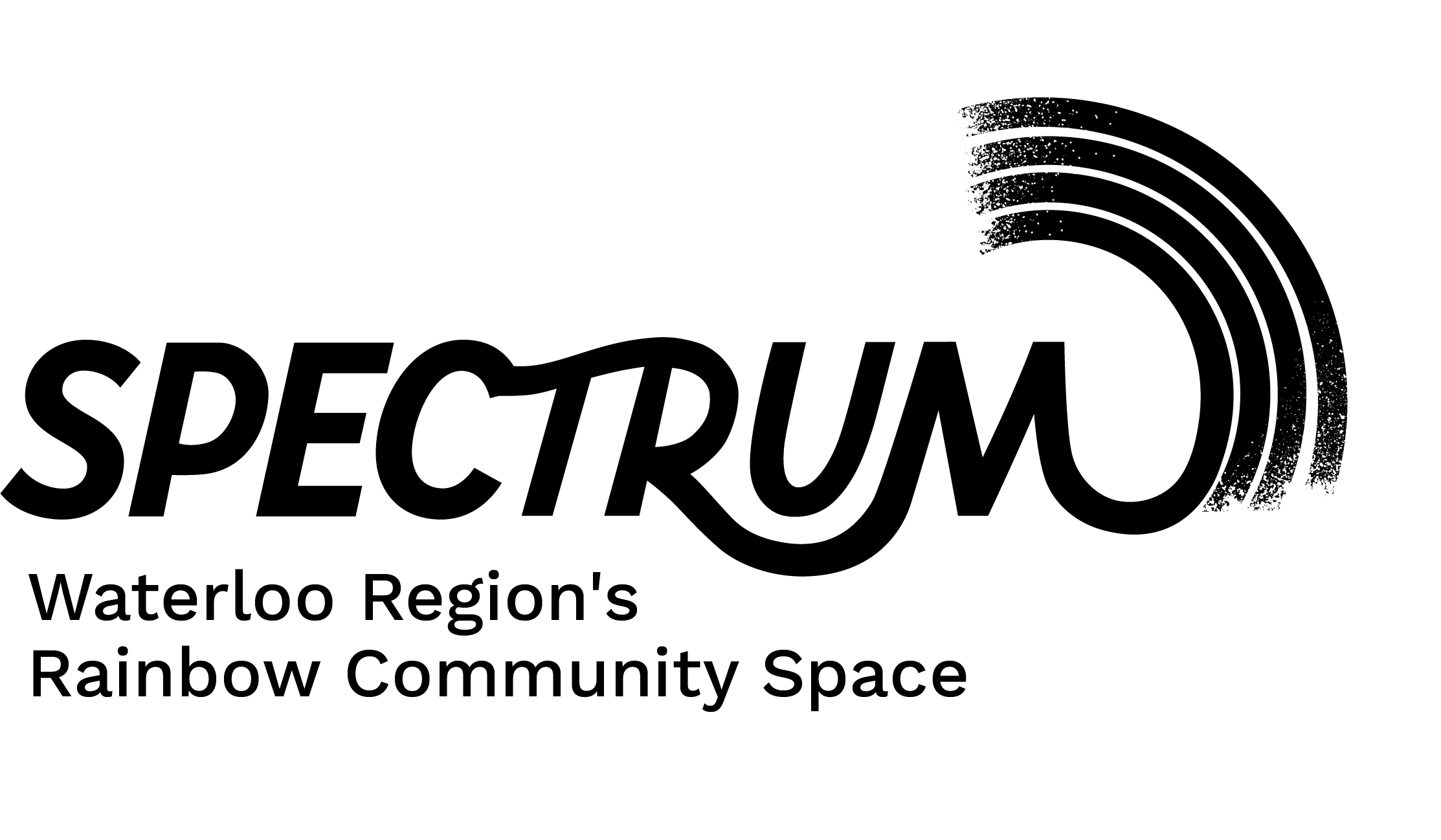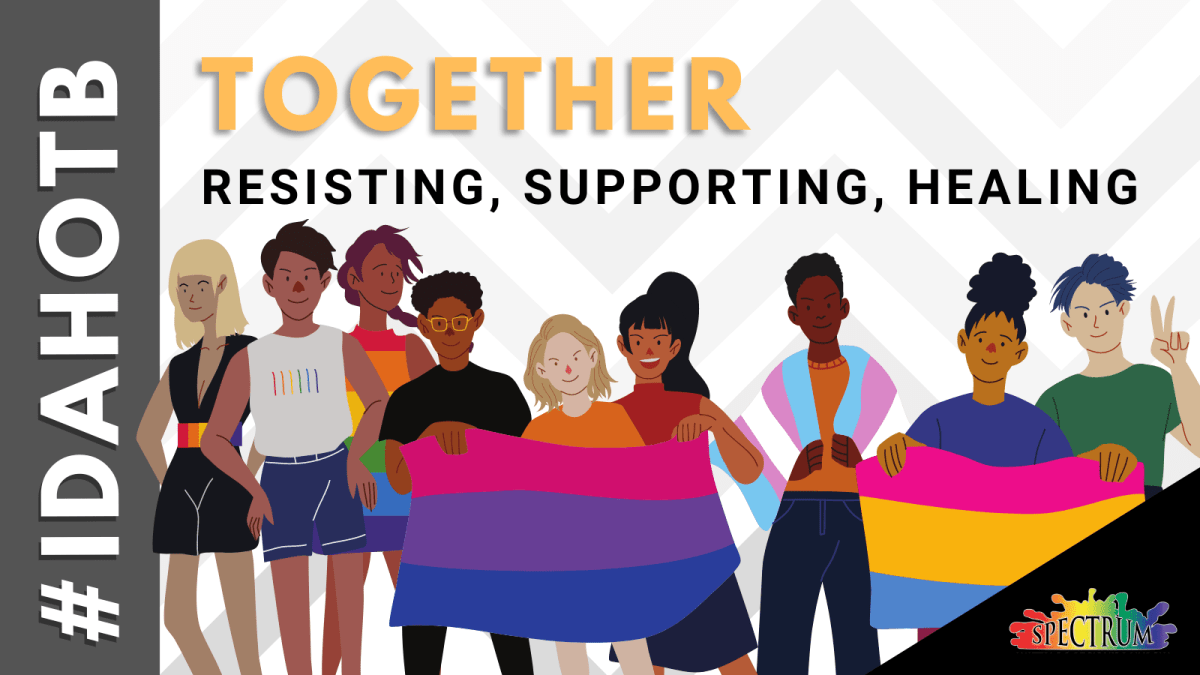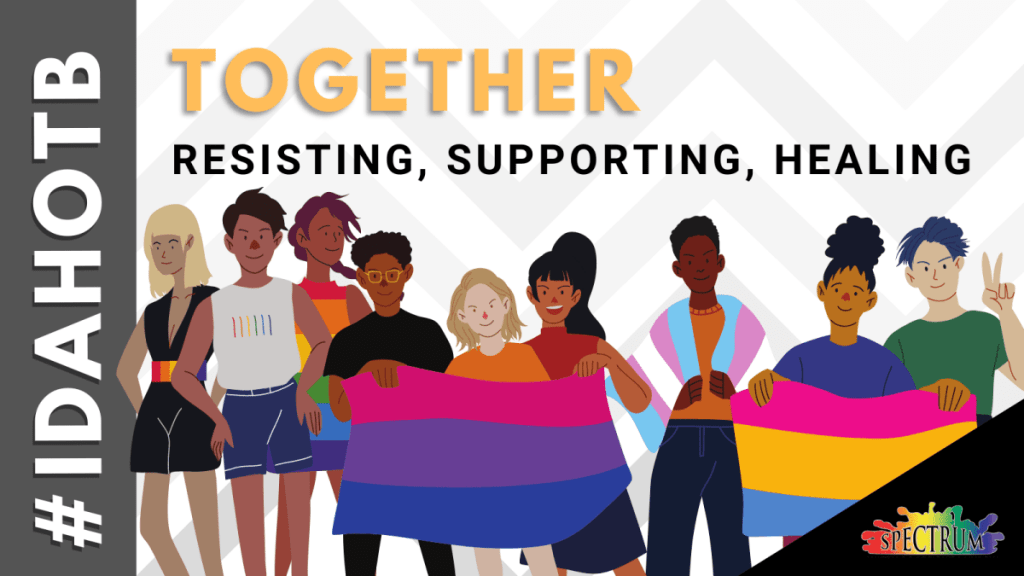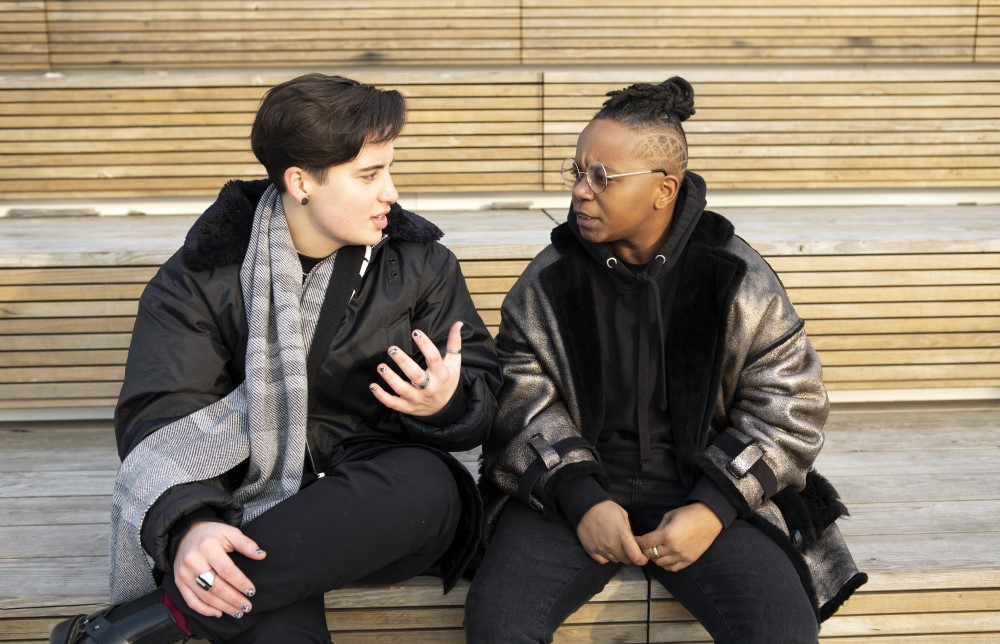Non-Binary People’s Day: Non-binary people aren’t “new” or “trendy”

July 14th is Non-Binary People’s Day – a day to celebrate and raise awareness of people who identify outside of the man/woman gender binary. While many people talk about non-binary gender as though it’s something “new” that young people are just doing “for attention”, the fact is that cultures around the world have had traditions of non-binary gender for thousands of years, of which Two-Spirit Indigenous Canadians are just one example.
Non-binary people are often accused of “cramming” our “made-up” genders down “people’s throats”. But our society’s strict gender binary makes it extremely hard for non-binary people to live our lives without constantly having to teach impromptu Gender 101 classes to everyone we encounter.
As a non-binary person who came out as transgender at the start of the pandemic, here are just some of the situations that I have encountered in past year that have forced me to teach strangers about my gender in order to conduct my daily business.
- Getting misgendered by official documents like school and employment records
- Being unable to get medical care without being misgendered because Ontario Health Cards do not have a non-binary option
- Having to misgender myself while job searching because of lack of a non-binary option
- Nearly always being misgendered by service workers, even while wearing a face mask featuring they/them pronouns
- Having to choose between remaining silent or correcting a coworker in public when they don’t respect my pronouns
- Getting left out of Mother’s and Father’s Day activities at my kid’s school
- Being intentionally misgendered by a childcare worker at my kid’s school
- Being unable to find therapists qualified to treat non-binary people
- Having to pay out of pocket for transition-related care because my doctor didn’t know anything about transgender or non-binary medical needs
- Having to opt out of extended family gatherings because virulently anti-trans family members would be at an event
That’s only a small number of examples. Unfortunately, non-binary people don’t so much “come out” as they become unpaid Gender Studies and Queer Theory professors for everyone around them.
So, what can cisgender (people who are not trans and/or non-binary) do to make it less exhausting to be a non-binary person in our community, you might ask?
- You can’t know someone’s gender based on their appearance, so don’t assume you know someone’s gender because of how they look. Being misgendered is painful, but fear of provoking emotional or physical violence keeps many non-binary people from correcting people who misgender them. So instead, avoid gendered greetings like “sir” or “ma’am”, and avoid making references to someone’s gender (IE. “can you help this lady” or “this man is waiting”).
- Don’t stare at people you think may be transgender, non-binary, or otherwise gender non-conforming. You don’t need to know the gender of everyone around you. Also, it’s often impossible to tell the difference between someone who is staring because they’re curious and someone who is staring because they’re about to yell at you.
- Use Google to educate yourself. There are a wealth of resources online that you can use to educate yourself about the basics of gender and issues faced by transgender and/or non-binary people. Avail yourself of those resources.




